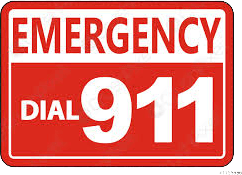Winter Fire Safety Tips To Follow This Season
Learn how to protect your family from causes of Winter related fires.
Heating, cooking, decorations and candles all contribute to an increased risk of fire in your home during the holiday season and winter months. According to the National Fire Protection Association (NFPA), home fires occur more in the winter than in any other season. As the snowflakes start to fall and the temperatures drop, it’s important that you follow these winter fire safety tips and take the proper steps to help make sure your family and home are protected from fire hazards.
Be cautious of space heaters.
December, January, and February are the peak months for heating fires, and space heaters account for 43% of U.S. home heating fires, according to the NFPA. Space heaters should be placed a minimum of three feet away from anything flammable, such as upholstered furniture, tapestries, mattresses or bedding, and must be turned off when you leave the room or go to sleep to help prevent a fire. In addition, never store clothing on or around the unit, and never cover the cord or put anything on top of it. Also have a three-foot kid-free zone around space heaters.
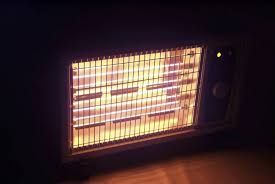
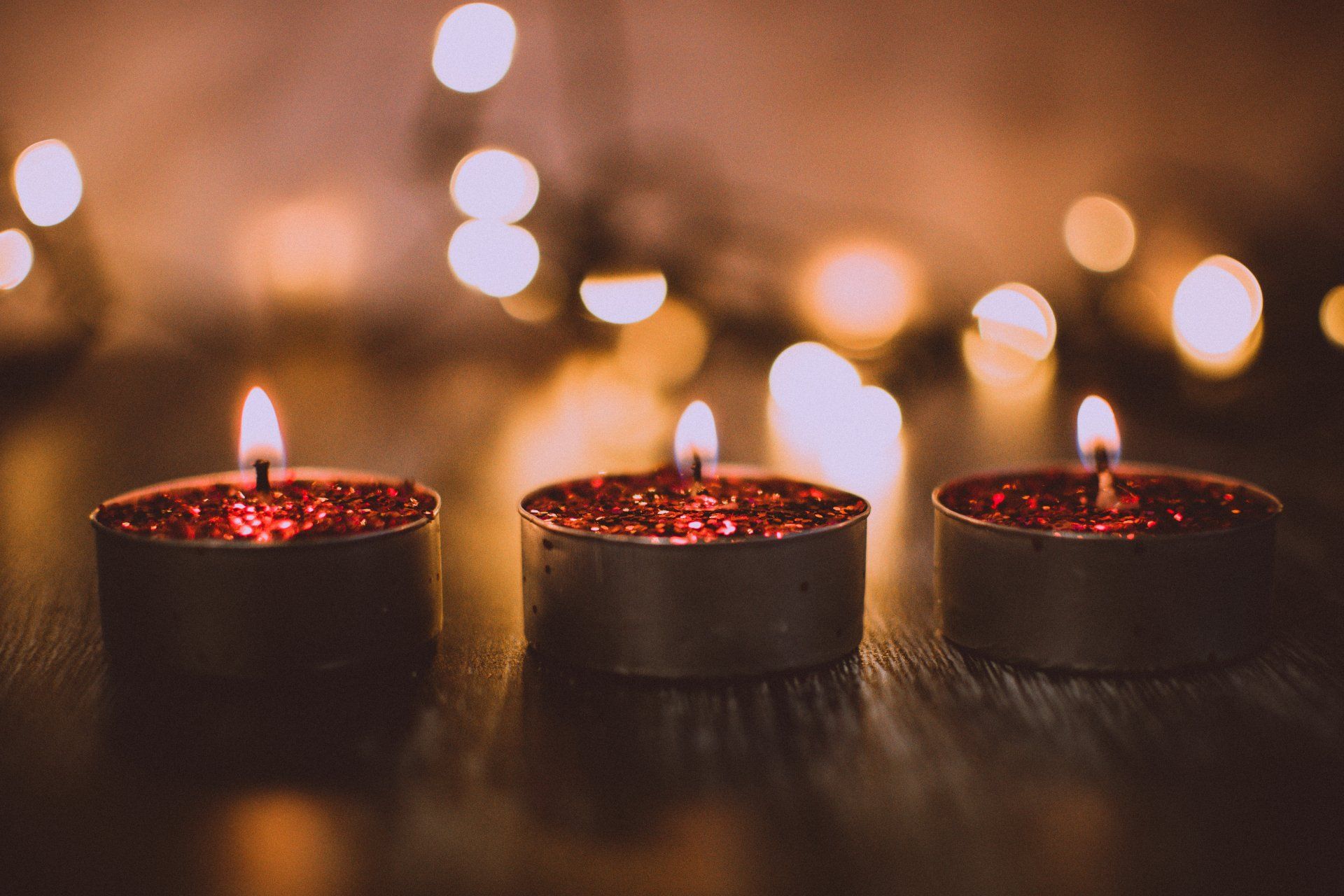
Practice candle safety.
When burning candles for holiday lighting, keep them at least a foot from anything flammable, never leave them unattended and place them out of reach of children. An essential winter fire prevention tip is to make a routine to check that all flames are extinguished before you go to bed or leave the room.
Play it safe in the kitchen.
Cooking is the leading cause of home fires and home injuries, so it's important to know what you can do to help keep your friends and family safe while entertaining during the holidays and winter season. The primary cause of fires in the kitchen is unattended stovetops and ovens. If you are simmering, baking or roasting food, check it regularly, remain in the kitchen and use a timer for reminders.
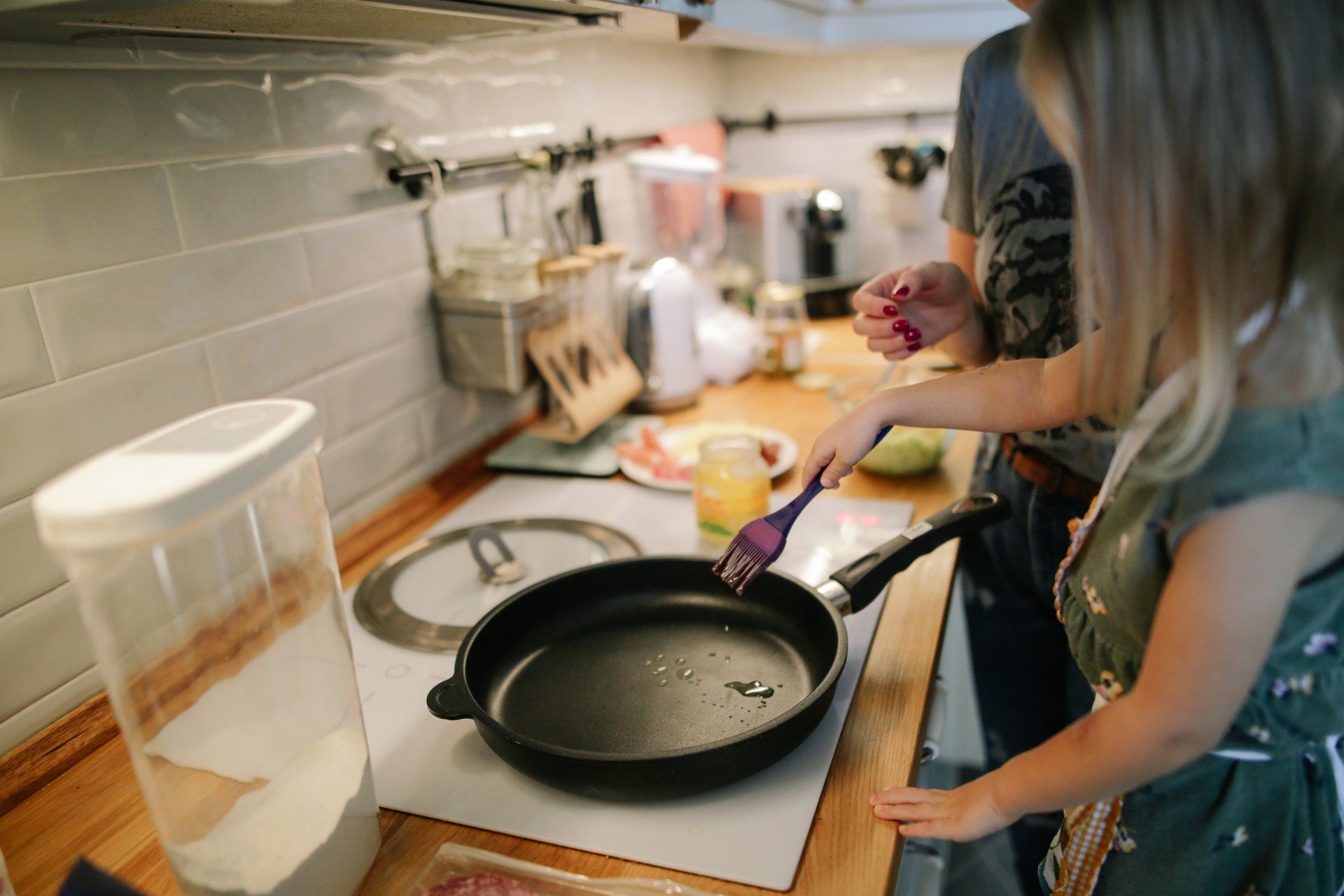
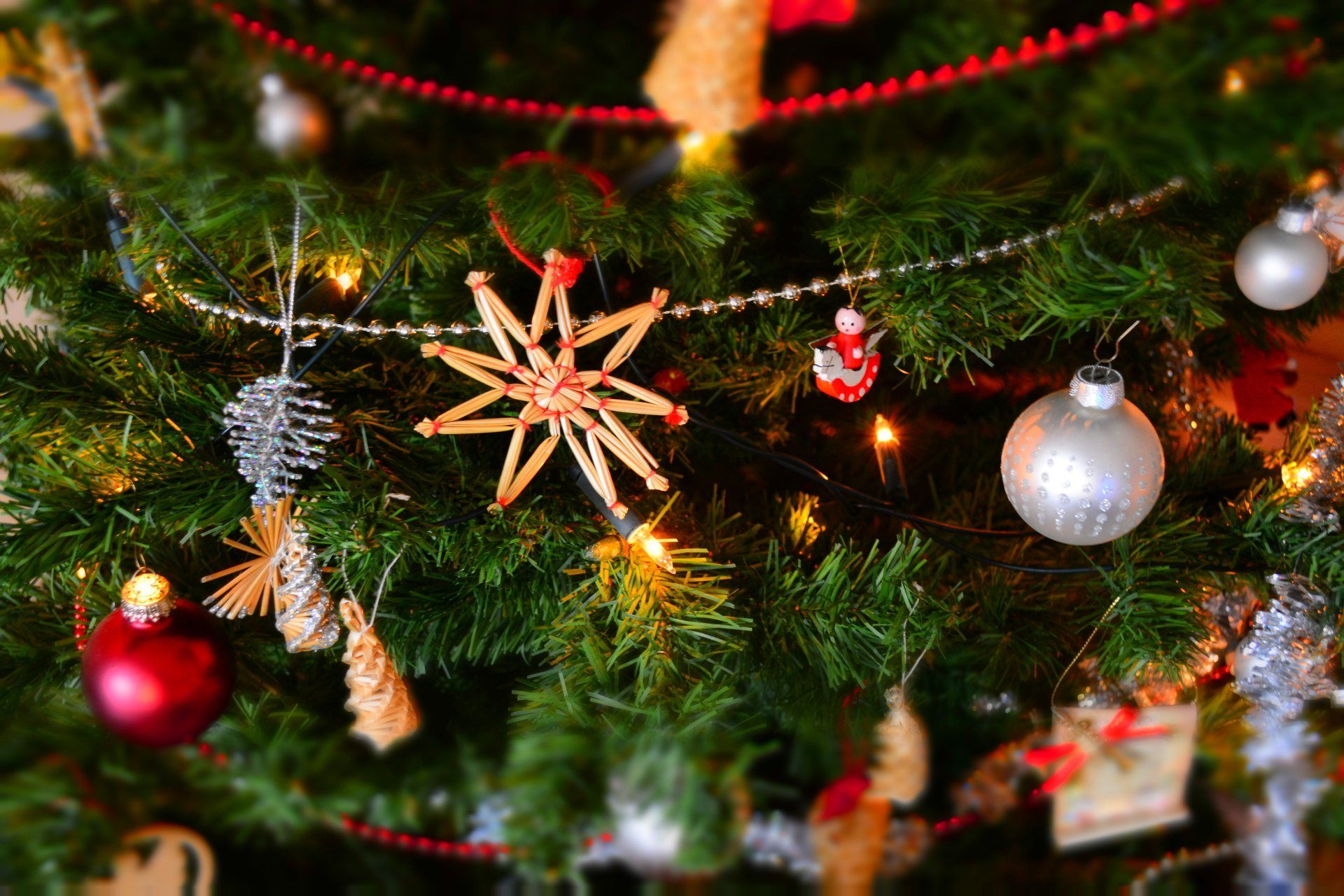
Decorate with care.
As decorations come in and out of storage during the winter months, they also come with potential fire hazards. For instance, a report from the NFPA revealed that nearly two-thirds of fires involving decorative lights are due to electrical failures or malfunctions. An important winter fire safety tip is to check light strings for broken or cracked sockets, frayed or bare wires, or loose connections, and throw out damaged sets. Also, avoid plugging too many lights into an outlet; overloaded circuits can overheat and cause an electrical fire. In addition, place any festive holiday decorations no closer than three feet from open flames, lamps and other sources of heat.
Have a fire extinguisher on hand.
Having fire extinguishers – and knowing how to use them – is a critical fire prevention tip to maintain a safe home for you and your family this winter season. When seconds count, having a fire extinguisher nearby is crucial for fire safety and rapid response. Fire extinguishers should be stored where they are easily reachable and in key rooms where there is a higher risk of fires such as the kitchen and garage. For general fire protection, it’s best to select a multi-rated fire extinguisher which is capable of handling most household fires.
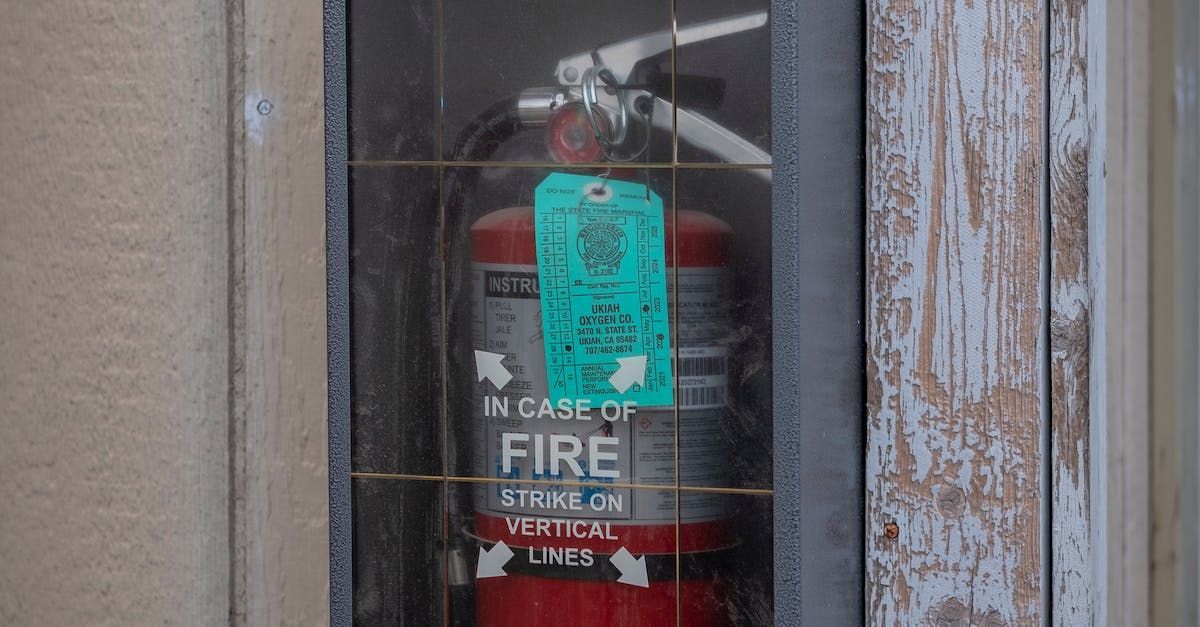
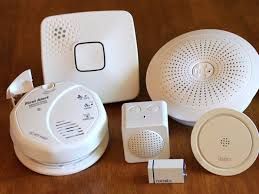
Carbon Monoxide Dangers
Carbon Monoxide (CO) is an invisible, odorless, colorless, and tasteless gas. Common sources of carbon monoxide include any fuel burning devices, such as your stove, gas furnace or gas water heater. As outside temperatures drop during the winter months, things start to heat up indoors. Winter is a peak time for carbon monoxide poisoning as more people start to utilize their fuel burning devices during cold weather. Learn how to help protect your home and family from an emergency with our simple carbon monoxide winter safety tips.
- Never use generators indoors - In the event of a power outage, never use a generator indoors. Place the generator a safe distance from the home, at least 10-15 feet.
- Inspect your fuel burning devices – Propane and natural gas furnaces, unvented gas space heaters and other fuel-burning appliances can produce carbon monoxide if they are not working properly or maintained. Make sure to have your devices inspected regularly by professionals to help protect your home and family.
- Clean out your fireplace's flue - Make sure to clean out or have your fireplace's flue inspected before you light a fire. This will help prevent the flue from becoming clogged and prevent carbon monoxide from being trapped in your home.
- Use kitchen vents anytime the stove is in use - The kitchen stove is among the most frequent sources of carbon monoxide in the home. To help eliminate the danger of overexposure, always run exhaust fans when cooking, especially during the holidays and winter season when stoves are left on for longer periods of time. Also, open a nearby window periodically when cooking to allow fresh air to circulate, and never use your stove to heat your home.
- Install and test your carbon monoxide alarms - Your first line of defense against a CO emergency is early detection. Make sure to install CO alarms on every level of the home and in every bedroom. It is important to regularly test your detectors and replace them every 5 to 7 years.
HAVE AN EMERGENCY?
